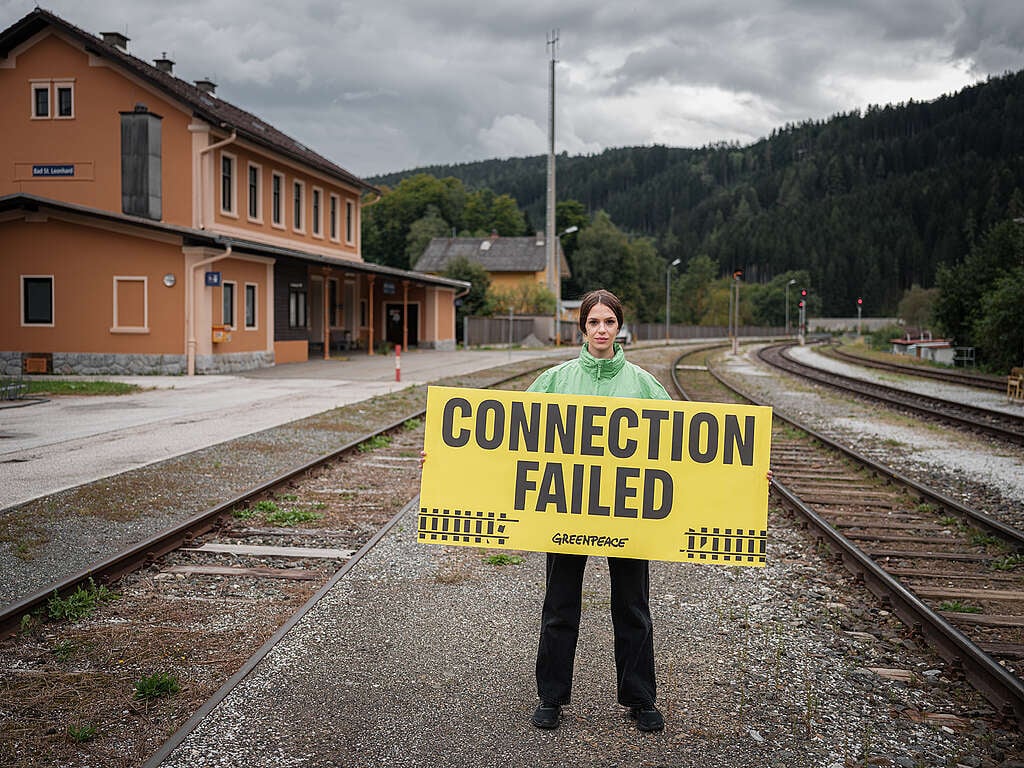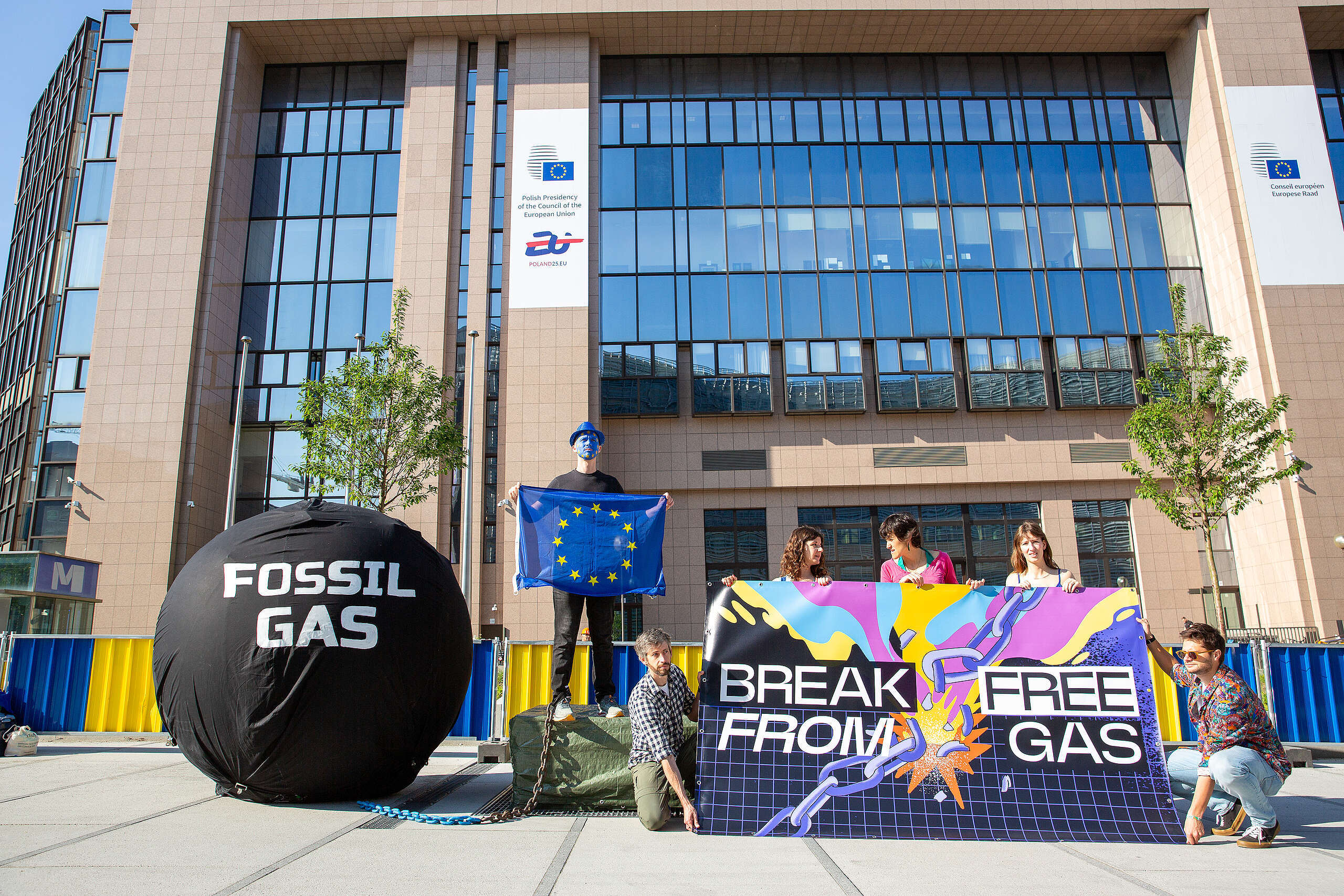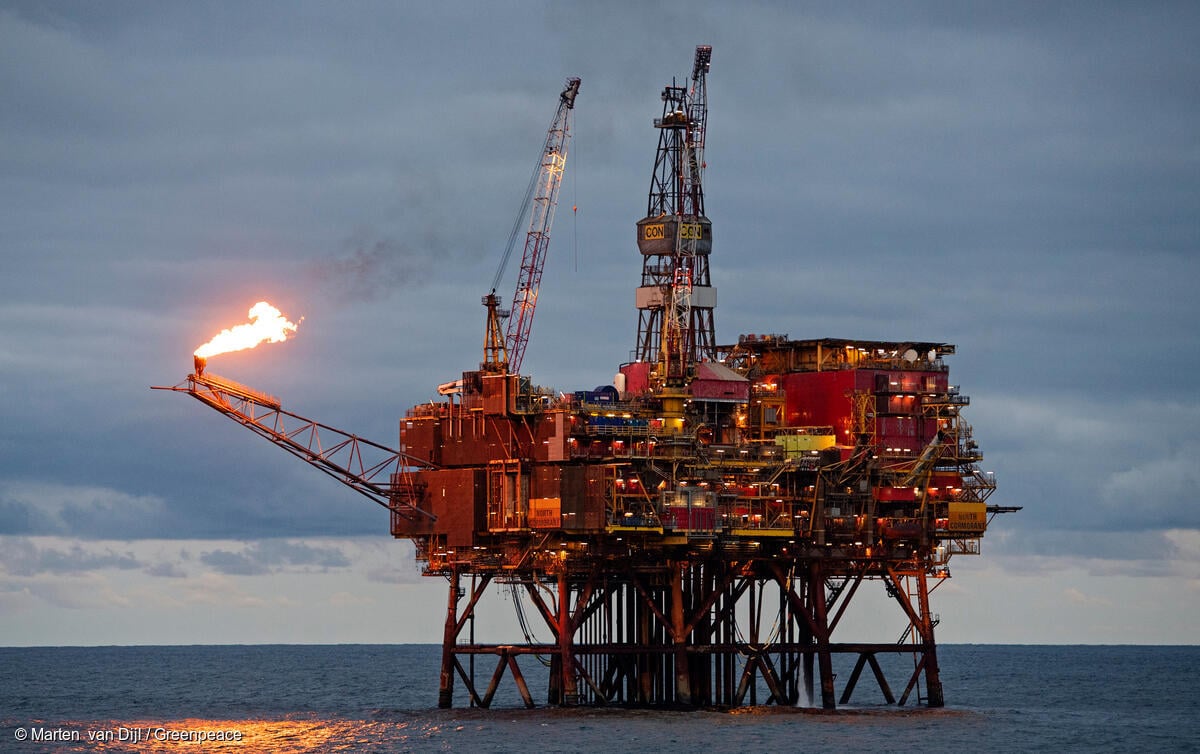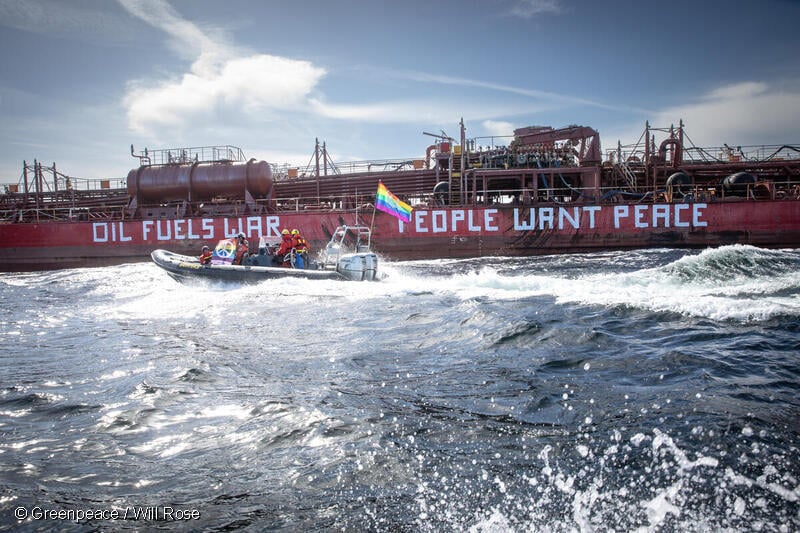Brussels – Since 1995, European countries invested on average 66% more in expanding and refurbishing roads than in railways, new research has found. The new study by the Wuppertal Institut and T3 Transportation Think Tank, commissioned by Greenpeace Central and Eastern Europe, looked at the investments in road and rail infrastructure by the 27 EU countries, as well as Norway, Switzerland and the UK.

The study shows that European countries have spent approximately €1.5 trillion on road infrastructure and only €930 billion on rail in the last three decades, encouraging people to use cars instead of sustainable public transport.
Click here for a factsheet of the study’s main findings and country data.
Lorelei Limousin, Greenpeace EU senior climate campaigner, said: “Millions of people outside cities have no option but to own a car to get to work, take kids to school or access basic services, living in areas with little or no public transport. This is a direct result of governments dismantling local and regional rail networks while pouring money into roads. Climate pollution from transport is through the roof, and we’ve seen people around Europe and across the world suffer the consequences. Governments and the EU must hit the brakes on this dismantling of our train lines, reopen disused tracks and invest in rail – and stop the massive subsidies for roads that wreck the climate, pollute the air and make people’s lives miserable.”
This lopsided funding has come with a 60% increase in the length of Europe’s motorways since 1995 – more than 30,000 km – while European rail lines shrank by 6.5%, or 15,650 km. This contributed to a 29% increase in demand for motorised road transport between 1995 and 2019. Cars, vans and trucks are responsible for 72% of Europe’s transport emissions, while rail accounts for only 0.4%.
About 13,700 km of mostly regional railway lines and more than 2,500 railway stations have been temporarily or permanently closed to passenger trains. This disproportionately affects rural communities, which suffer from reduced access to rail and other public transport. More than half of the kilometres of closed railway line could be reopened relatively easily, according to the study.
The study looks at how the funding gap between road and rail in Europe has evolved over time, and finds that since 2018 the gap has begun to narrow, from 66% in favour of roads before 2018 to 34% since then. However, despite this, many European countries continued to close further railway lines and stations, and to plan and build new motorways and airport extensions.
Transport remains the only sector in the EU that has consistently increased its domestic greenhouse gas emissions. Greenhouse gas emissions from transport have actually increased by 15% in the period from 1995 to 2019. At the same time, an average train journey in Europe produces 77% less greenhouse gas emissions than a car trip per passenger kilometre. Data shows that a dense and well-developed rail network is key to making public transport accessible and attractive to people, which brings pollution down.
As European governments prepare to set their budgets for next year, Greenpeace is calling on national and EU policymakers to finally shift funding priorities from road to rail, better maintaining rail infrastructure, and making public transport more affordable.
Notes to editors
The researchers examined data on the funding (public, and partly private) of roads (all roads, including urban roads in some countries), railway lines (conventional, high-speed, and in some countries urban metro/tramways) and airports (with a volume of over 150,000 passengers/year), and the expansion/closure of motorways (roads with at least two lanes in each direction and a barrier between the two directions), railways (conventional and high-speed) and airports (with a volume of over 150,000 passengers/year) in the EU27 countries, the United Kingdom, Norway and Switzerland since 1995, the first year for which data are available for all the countries analysed. The analysis does not take into account if transport infrastructure shrank and expanded before 1995.
The data are mainly derived from public sources, including Eurostat, ITF-OECD, Worldbank and the European Commission’s Statistical Pocketbook, as well as railway companies. The report always takes into account the latest available data that allows for European comparisons. Current data on the investments (in Euro) in transport infrastructure are available for all but three European countries up to and including 2018, and for two thirds of the countries for up to 2021, as indicated in the factsheet. Data on the expansion and closure of transport infrastructure are available for most countries until 2022, or in some cases even 2023.
Contact
Lorelei Limousin, Greenpeace EU climate campaigner: +32 (0)477 79 04 15, [email protected]
The report’s lead researcher, Frederic Rudolph, is available for interviews in English and German. Contact details can be provided upon request.
Greenpeace EU press desk: +32 (0)2 274 1911, [email protected]
For breaking news and comment on EU affairs: www.twitter.com/GreenpeaceEU
Greenpeace is an independent global campaigning network that acts to change attitudes and behaviour, to protect and conserve the environment and to promote peace. We do not accept donations from governments, the EU, businesses or political parties. Greenpeace has over three million supporters, and 26 independent national and regional organisations with offices in more than 55 countries.
EU Transparency Register: 9832909575-41



